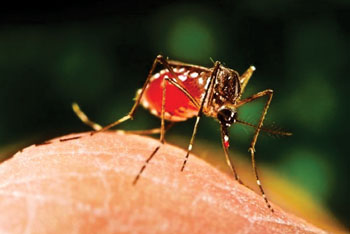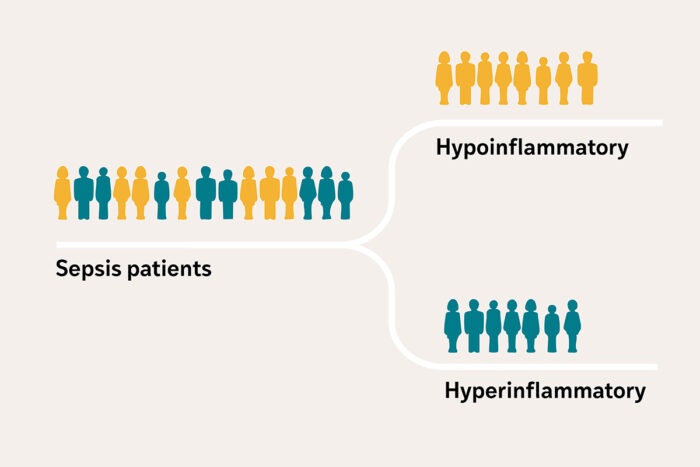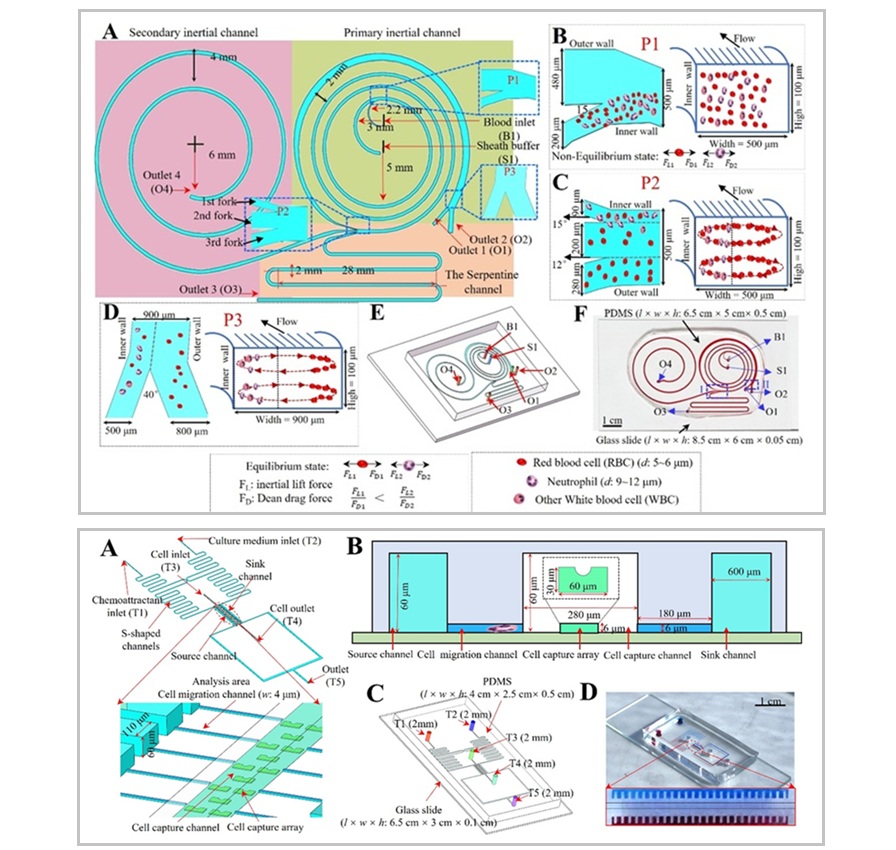Urine Trumps Blood For Zika Testing
By LabMedica International staff writers
Posted on 08 Jun 2016
Limited data suggest Zika virus is excreted in multiple body fluids, including urine and saliva and that urine and saliva might be more appropriate specimens than blood samples for evaluating Zika virus disease.Posted on 08 Jun 2016
The interim diagnostic testing guidance for the Zika virus recommends real-time reverse transcription-polymerase chain reaction (rRT-PCR) testing for urine specimens obtained two weeks after the illness starts. The Zika virus ribonucleic acid (RNA) is almost undetectable in blood samples after the first week of illness.

Image: A female Aedes aegypti mosquito, a vector of the Zika virus, obtaining a blood meal from a human host (Photo courtesy of James Gathany / CDC).
Scientists from the Centers for Disease Control and Prevention (CDC, Atlanta GA, USA) and their colleagues collected multiple specimen types from persons with suspected Zika virus disease. Urine specimens were collected from 70 patients with suspected Zika virus disease from zero to 20 days after symptom onset. In 66 cases, persons had urine and serum specimens collected on the same day. The majority of these persons were female (64%), white (77%), and Hispanic (71%), with a median age of 46 years, age range 23 to76 years.
Zika virus rRT-PCR was performed at the Bureau of Public Health Laboratories (BPHL, Tampa, FL, USA) using a laboratory-developed test based on a previously published protocol using two RT-PCR targets. The teams found urine samples were the best at flagging Zika, with 93% of specimens collected within 20 days of symptoms first appearing showing positive results. Urine specimens also displayed positive results 82% of the time when samples were collected more than five days after symptoms cropped up. Urine samples were positive 95% of the time when the specimens were obtained the same day or within five days of illness onset as compared to 56% for blood samples.
The authors concluded that the results of testing conducted suggest that urine might be the preferred specimen type to identify acute Zika virus disease. Rates of detection from urine were higher than from serum, even during the first few days after symptom onset and continuing after day five, when no serum specimens tested in this evaluation had detectable RNA. Among pregnant women, this ability to confirm Zika virus is important because close monitoring during pregnancy is recommended for women with confirmed Zika virus disease.
The ease of collection of urine specimens is an additional advantage. This report also demonstrated that saliva specimens (another specimen that is easily obtained) can also yield a higher rate of RNA detection than serum even during the first five days; the detection rate in saliva also approaches the detection rate in urine. However, no cases were identified through saliva testing alone. The study was published on May 13, 2016, in the journal Morbidity and Mortality Report.
Related Links:
Centers for Disease Control and Prevention
Bureau of Public Health Laboratories













